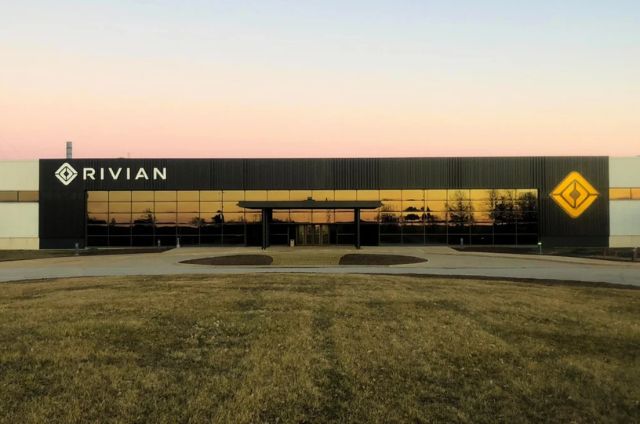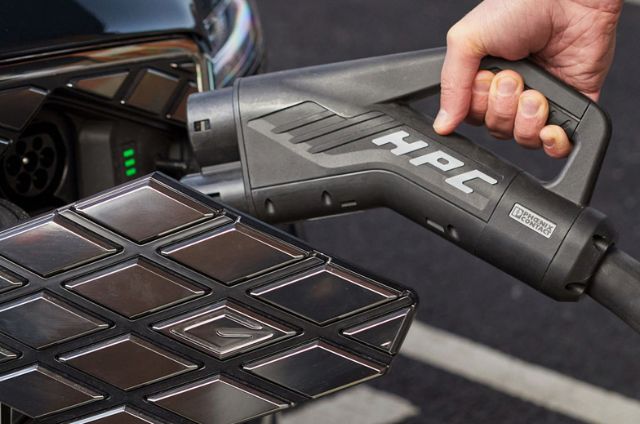A Two-Decade Program Ends
California’s long-running Clean Air Vehicle Decal program is coming to a close.
For more than 20 years, drivers of electric, plug-in hybrid, and hydrogen vehicles could use carpool lanes alone. But after September 30, 2025, the stickers will no longer be valid.
The Last Chance to Apply
The California Air Resources Board and DMV confirmed the cutoff.
The last day to apply for a decal is August 29. After that, even current sticker holders must follow posted carpool occupancy rules or face fines. Discounted tolls for decal holders will also end.
Why the Program Is Ending
State officials blame the federal government for not renewing authorization. California had planned to extend the program until 2027, but federal regulations require states to follow national policy.
“The decision to eliminate this smart and popular program will hurt hundreds of thousands of California drivers,” a DMV spokesperson said. “It’s a lose-lose situation, and the state is exploring other options.”
A Look Back
The program began in 2004 to encourage adoption of hybrid cars, then a new technology. The state issued 85,000 decals for hybrids before that first round expired in 2011.
Over the years, eligibility expanded to include fully electric, plug-in hybrid, and hydrogen-powered vehicles.
What Happens Next
Starting October 1, only vehicles meeting the occupancy requirement can enter carpool lanes legally. Drivers will lose both lane access and toll discounts.
State agencies say they are considering other incentives to support EV adoption, but no replacement program has been announced.
Bigger Implications
Ending solo carpool access could change how Californians view EV ownership. While many drivers valued the time savings, the policy shift shows incentives can disappear as programs mature. For EV advocates, the focus may now shift from perks to improving infrastructure and lowering costs—changes that benefit all drivers, not just those with stickers.



